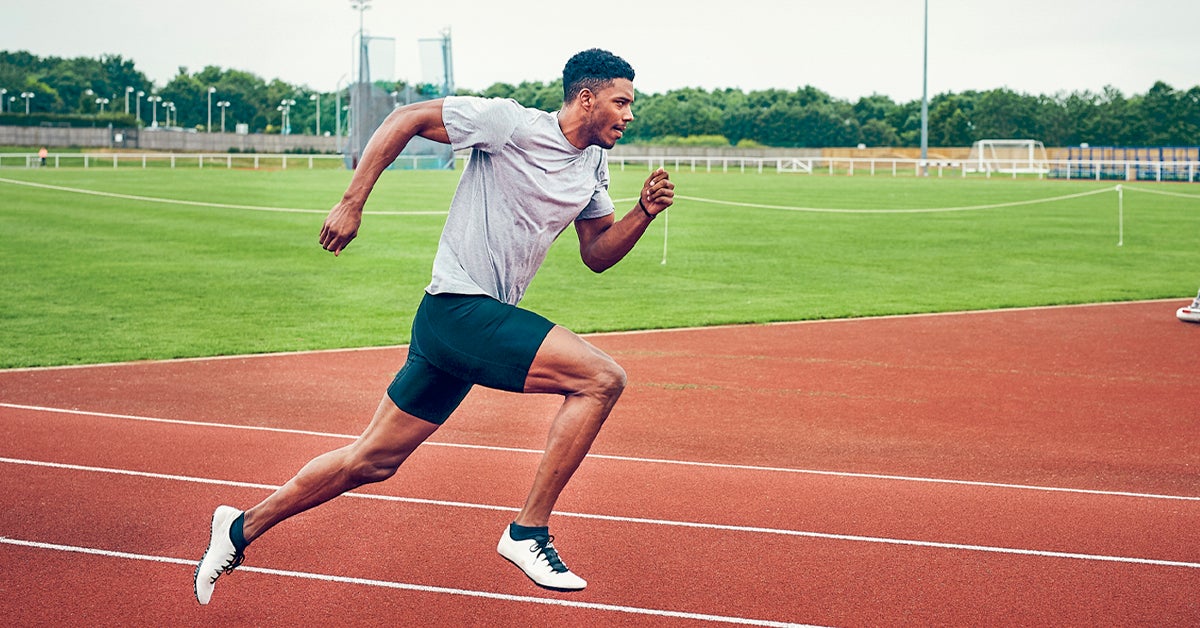If your outer shoe soles wear down faster than the rest, you might be a supinator – someone whose feet roll outward when they run. It’s a common running gait, and while not necessarily bad, itdoesmean you need to be mindful of your footwear choices to prevent injuries and maximize comfort.
Understanding Supination and its Impact on Runners
Supination, sometimes called underpronation, happens when the outside of your heel strikes the ground first, and your foot doesn't roll inward enough to absorb the impact. This places extra stress on your ankles, knees, and hips, increasing the risk of ankle sprains, plantar fasciitis, and other overuse injuries. Think of it like driving a car with misaligned wheels – eventually, something's going to wear out unevenly.
The opposite of supination is pronation, where the foot rolls inward too much. While shoe companies cater to both, understandingyourfoot’s natural movement is crucial for picking the right support.
Many runners aren't even sure what their foot type is! One easy test: examine the soles of your old running shoes. Notice where the wear and tear is most prominent. If it's heavily concentrated along the outside edge, chances are you supinate. You can also consult with a running shoe specialist at a local store for a professional gait analysis.
What Happens if I Ignore Supination When Choosing Running Shoes?
Ignoring your foot type can lead to a cascade of problems. Without proper cushioning and support, you're more likely to experience pain and injuries. This can sideline you from running and impact your overall fitness goals. It's simply not worth the risk.
Key Features to Look for in Footwear for Supination
Choosing the right running shoe involves looking for specific features that can mitigate the impact of supination and provide the necessary support. Here's what to prioritize:
- Neutral Cushioning: Shoes with ample neutral cushioning help absorb the shock of impact, protecting your joints. Look for midsoles made of EVA foam, gel, or other cushioning technologies. Think of it as a comfortable, responsive landing pad for each stride.
- Flexibility: A flexible shoe allows your foot to move more naturally through its gait cycle. Avoid overly stiff shoes that restrict movement. This can actuallyworsensupination issues by forcing your foot into an unnatural position.
- Heel Support: While you don't need excessive stability features (which are designed for overpronators), some heel support can help control the outward roll. Look for shoes with a slightly wider heel base.
- Fit and Comfort: This seems obvious, but it's crucial. A shoe that fits well and feels comfortable right out of the box is more likely to provide the support you need. Don't rely solely on online reviews – try on shoes in person whenever possible.
Shoe Recommendations and Examples
Okay, so you know what to look for, but what shoes actually fit the bill? It's always best to visit a running store and get properly fitted, but here are some examples of shoes that are typically recommended for supinators. Remember, these are just examples, and the best shoe foryouwill depend on your individual foot shape, running style, and preferences.
- Brooks Ghost: Often praised for its balanced cushioning and smooth ride, the Ghost provides a comfortable experience for neutral runners and mild supinators.
- New Balance Fresh Foam series: New Balance offers several models with their Fresh Foam cushioning, known for its responsiveness and shock absorption. These can be good options for runners looking for a softer feel.
- ASICS GEL-Nimbus: This shoe is known for its exceptional cushioning and is a solid choice for runners who need ample shock absorption.
Keep in mind that shoe technology is constantly evolving, so new and improved models are always being released. It’s wise to research the latest models before committing to a purchase.
What About Orthotics?
For some supinators, especially those with more severe cases or other foot conditions, orthotics can be beneficial. Custom orthotics, prescribed by a podiatrist, provide personalized support and can help correct foot alignment. Over-the-counter orthotics can also offer some relief, but they may not be as effective as custom-made options. Talk to your doctor or a running specialist to determine if orthotics are right for you.
Beyond the Shoes: Tips for Supinators
Choosing the right shoes is a crucial step, but it's not the only factor in preventing injuries and maximizing comfort. Here are a few additional tips for supinators:
- Warm-up and Stretch: Always warm up your muscles before running and stretch thoroughly afterward, paying particular attention to your ankles, calves, and hamstrings.
- Strength Training: Strengthening the muscles in your feet and ankles can improve stability and reduce the risk of injury. Simple exercises like calf raises and ankle circles can be very effective.
- Gradual Progression: Avoid increasing your mileage or intensity too quickly. Give your body time to adapt to the increased stress.
- Listen to Your Body: Pay attention to any pain or discomfort, and don't hesitate to rest or seek medical attention if needed.
Finding the perfect fit for your feet is a journey, not a destination. It might take some trial and error to discover the ideal running shoes that support your specific needs. But with the right knowledge and attention to your body, you can enjoy running comfortably and safely for years to come.
